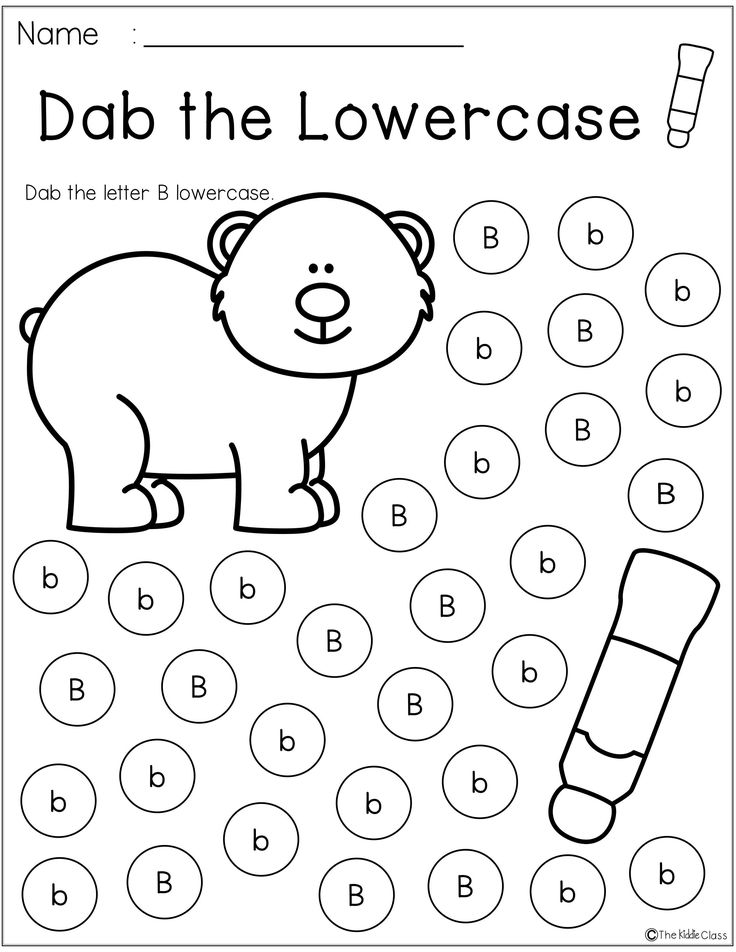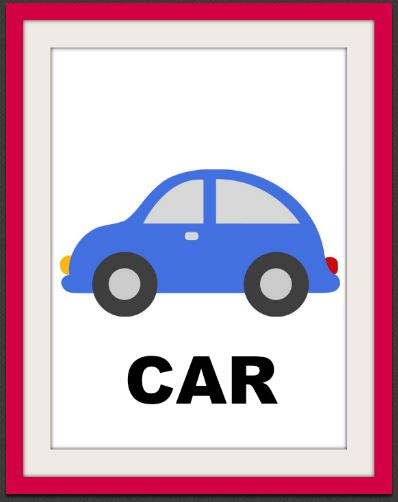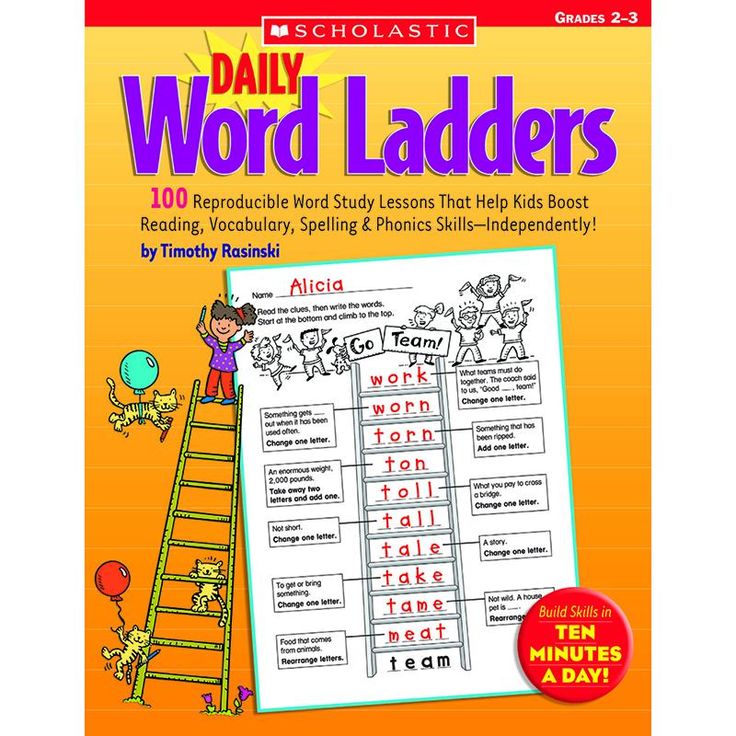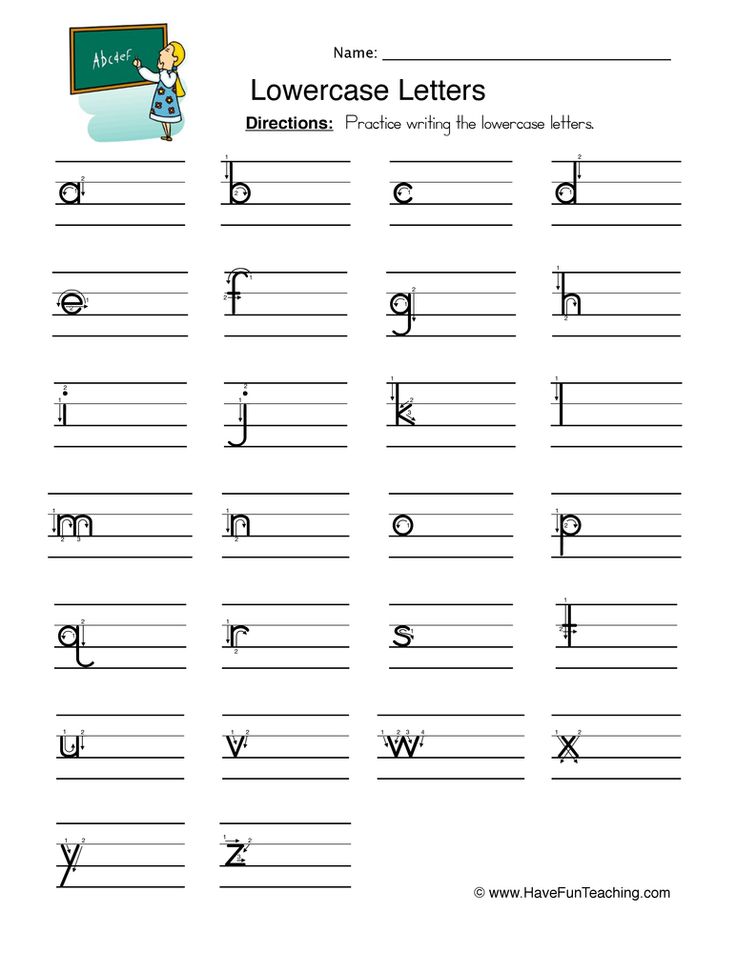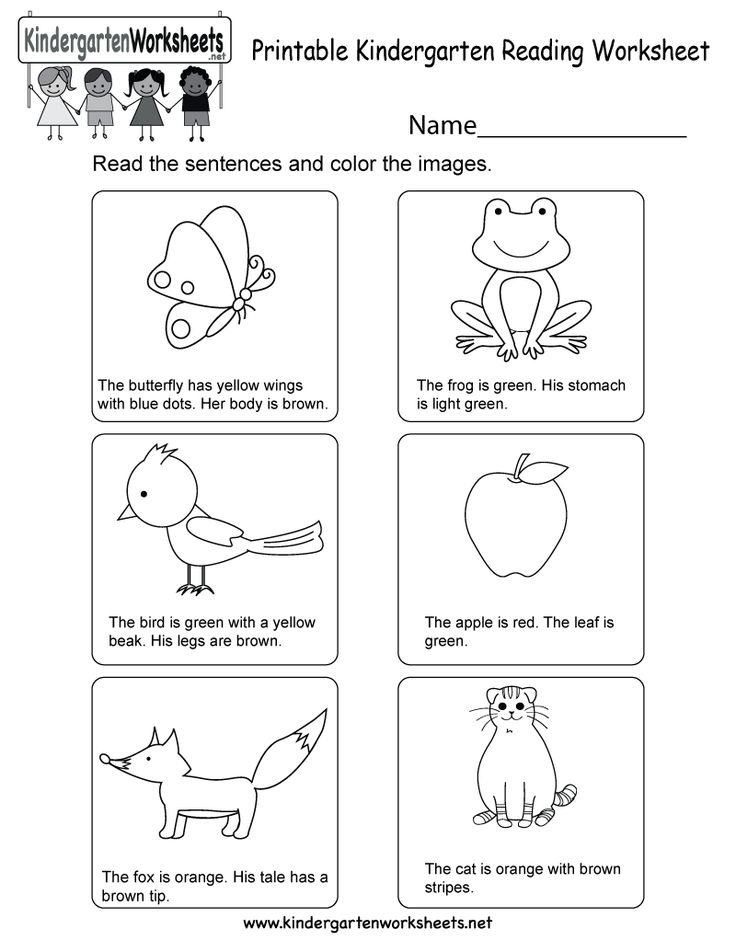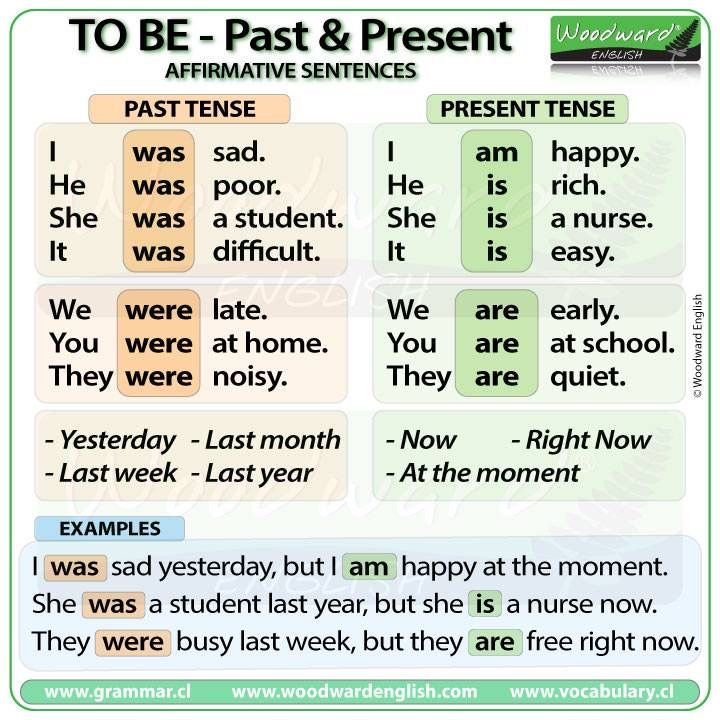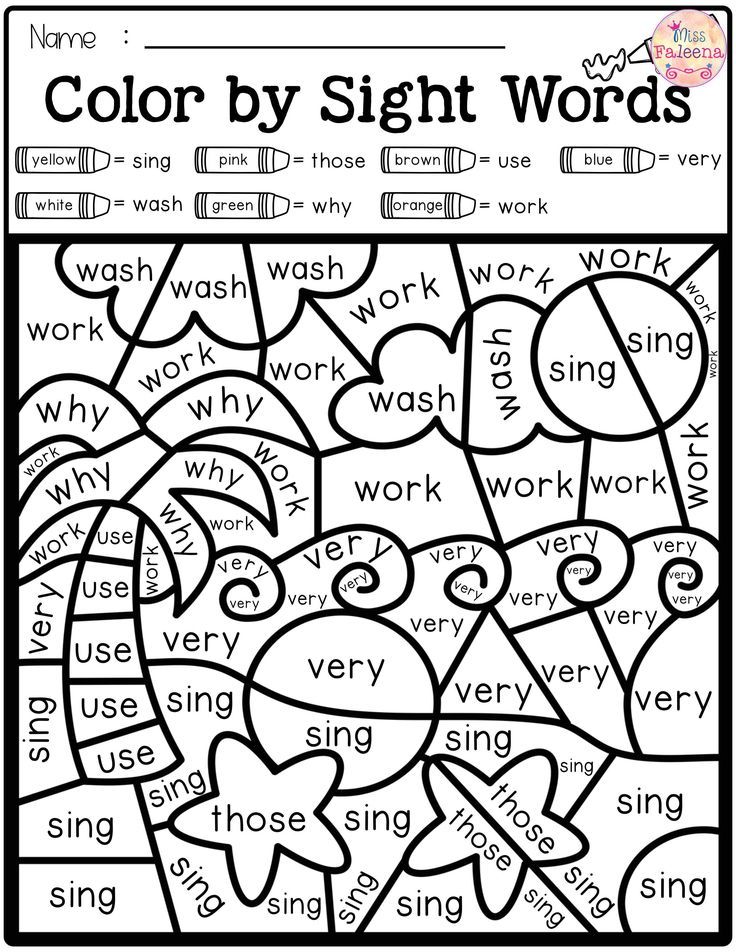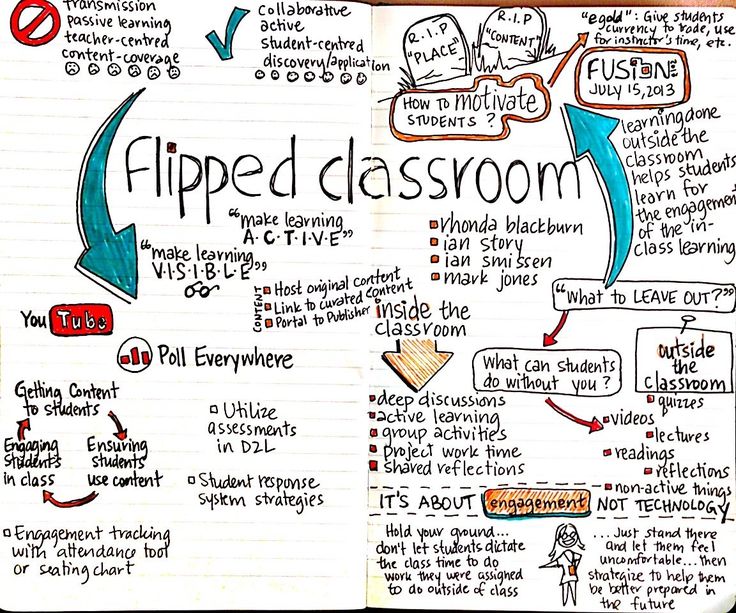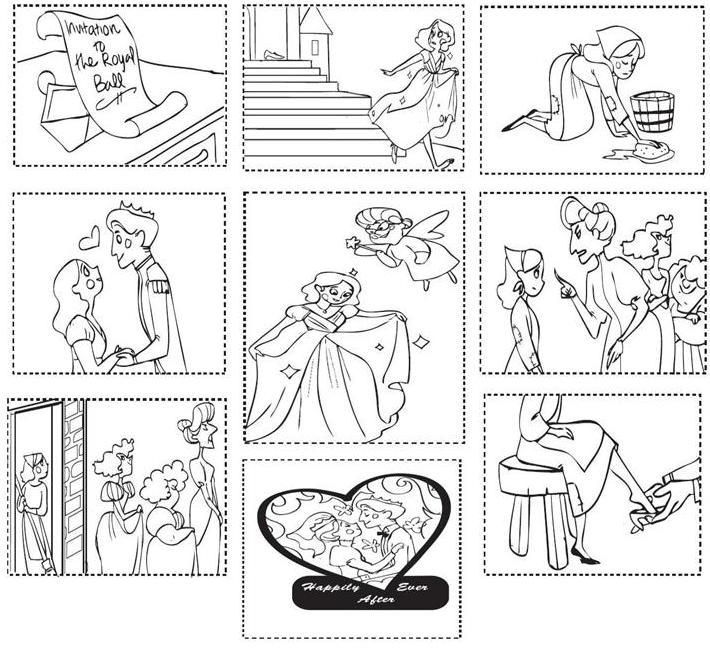Kindergarten teacher reading
I’m a kindergarten teacher and the way I've been teaching reading is wrong
Schools haven't kept up with what research says about how kids learn to read—and it's time for a change.
Every September, my class of kindergarten kids look at me in excitement. They don’t know it, but this is the year they’ll start learning to read: learning the letter sounds, sounding out words and eventually reading sentences. Some sail through and become masters before the year is over. Others take longer, but I know they’re on their way when I send them to grade one. But some kids just don’t seem to be able to grasp some of the basic skills, and it worries me. When I tell parents, “They’re just not ready yet,” is it the truth? Will they catch up? And is there anything I could be doing differently to get them where they need to be?
Feeling like something was missing from my literacy program, I threw myself into researching best practices for teaching early readers, and boy, was I embarrassed by some of my findings. I was a veteran teacher with 20 years of experience, including five years as a kindergarten teacher, when I fell down the “science of reading” rabbit hole—first online, then from books and professional development sessions as I was drawn in further. I was shocked and mortified to find that a bunch of the things I was doing in my classroom are called out by researchers as scientifically unsupported no-nos.
The strategies I was using aren’t just my strategies, though. The ways I’ve been teaching reading are deeply ingrained in our schools and our curriculum. Things need to change.
The backstory
For decades, education experts and educators have debated what works better for teaching kids to read: an instructional approach called “whole language,” where kids learn whole words as they appear in context, or phonics, a method where kids are explicitly taught letter/sound combinations.
As more and more research supporting phonics instruction began to emerge throughout the ’80s and ’90s, many whole-language supporters, from teachers to college faculty to educational publishers, added some phonics to their existing programs, under the name “balanced literacy.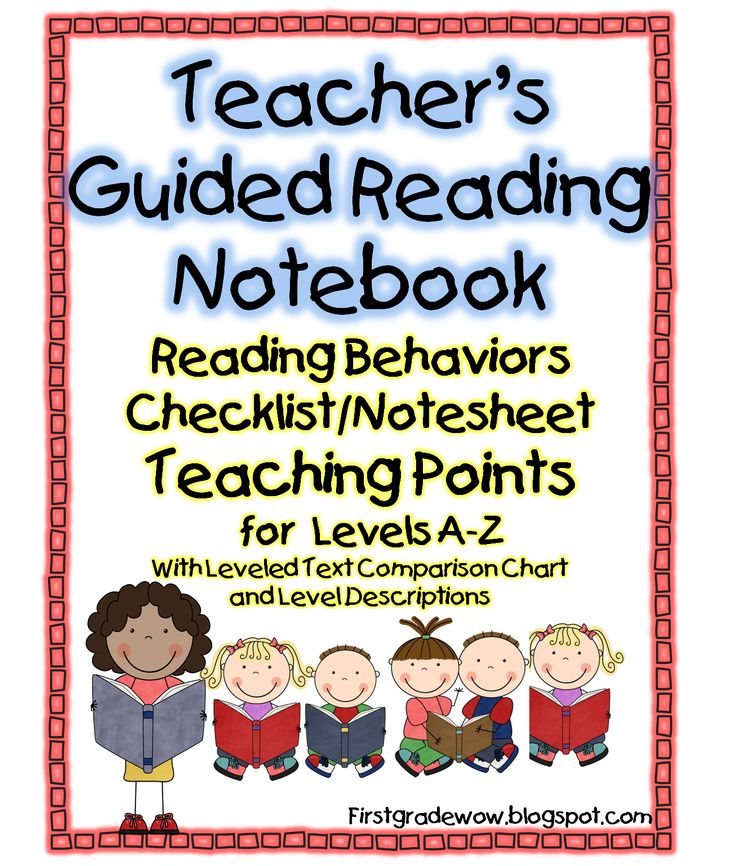 ” This approach was in full swing when I became a teacher in 2000 and is still extremely common today, despite all the issues I’ve uncovered.
” This approach was in full swing when I became a teacher in 2000 and is still extremely common today, despite all the issues I’ve uncovered.
Today, what’s called “structured literacy” is instead being promoted by experts in fields like linguistics and neuroscience as an effective way to teach all students, beginning in kindergarten, and as a must for struggling readers.
In structured literacy, phonemic awareness (that is, working with the sounds of spoken words) is developed as a pre-reading skill, and phonics is taught explicitly and systematically, with much less focus on memorization of sight words and using clues other than the letters themselves to figure out the words when reading. This is done alongside developing vocabulary and language comprehension—both very important aspects in learning to read.
While the term “structured literacy” was new to me, the components certainly made sense, especially the more I found out about how the brain learns to read.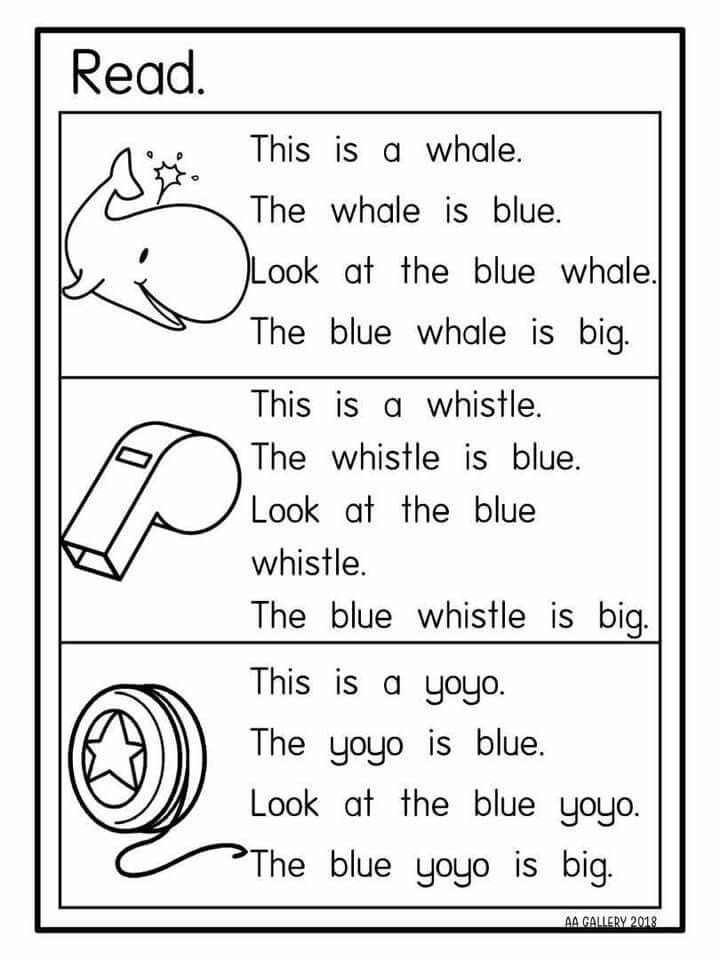 In fact, it was a relief to understand why reading wasn’t clicking for some of my students—and to have concrete steps to follow to help ensure better results moving forward.
In fact, it was a relief to understand why reading wasn’t clicking for some of my students—and to have concrete steps to follow to help ensure better results moving forward.
What does this mean for my classroom?
My discovery means that some of the tools I’ve used in the past to teach kids to read need to be tossed away—and I have to bring in some new approaches. For example, the three-cueing approach, which is outlined in the Ontario curriculum as a method for teaching reading, encourages kids to guess at unknown words rather than sounding them out. The three cues are context, or trying to figure it out by thinking about what might make sense based on the meaning; syntax, or what sounds right in the sentence; and visual information, the length/shape of the word, first letter and accompanying illustrations. Cute props abound online: In my own classroom I have used “Eagle Eye” (look at the picture) and “Lips the Fish” (make the first sound) to help kids remember what they can do if they can’t decode a word.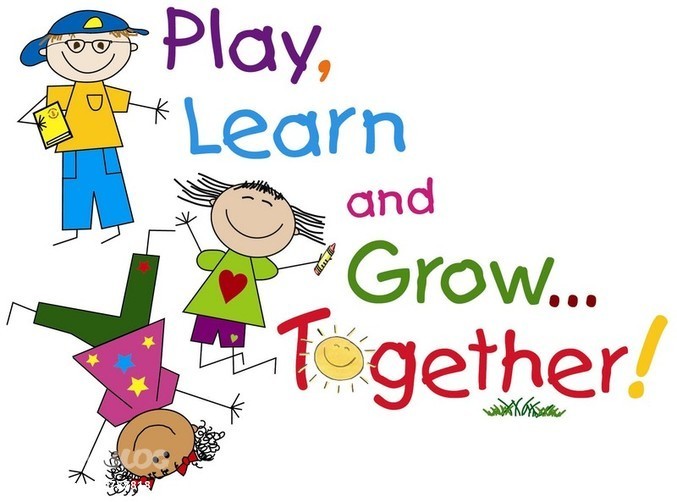 I’ve even included them in information letters to parents. But I’ve since learned that science tells us to avoid promoting any guessing strategies that take kids’ eyes away from the text itself, as they’re not really “reading” if they’re not looking at the words themselves.
I’ve even included them in information letters to parents. But I’ve since learned that science tells us to avoid promoting any guessing strategies that take kids’ eyes away from the text itself, as they’re not really “reading” if they’re not looking at the words themselves.
I also need to improve my phonics program. In explicit phonics instruction, teachers directly teach the relationships between individual sounds and the letters that represent them. Although my students were certainly learning phonics, we were moving too slowly (at a rate of one letter/sound combo per week). And I wasn’t reviewing and connecting that phonics instruction enough to other literacy activities through the day (like writing), and nor was I providing the right material for the kids to practise the skills they were learning.
The systematic piece is also critical: These relationships shouldn’t be taught incidentally (for example, we’re doing the “D” sound this week as we study dinosaurs, very much a balanced-literacy way of thinking).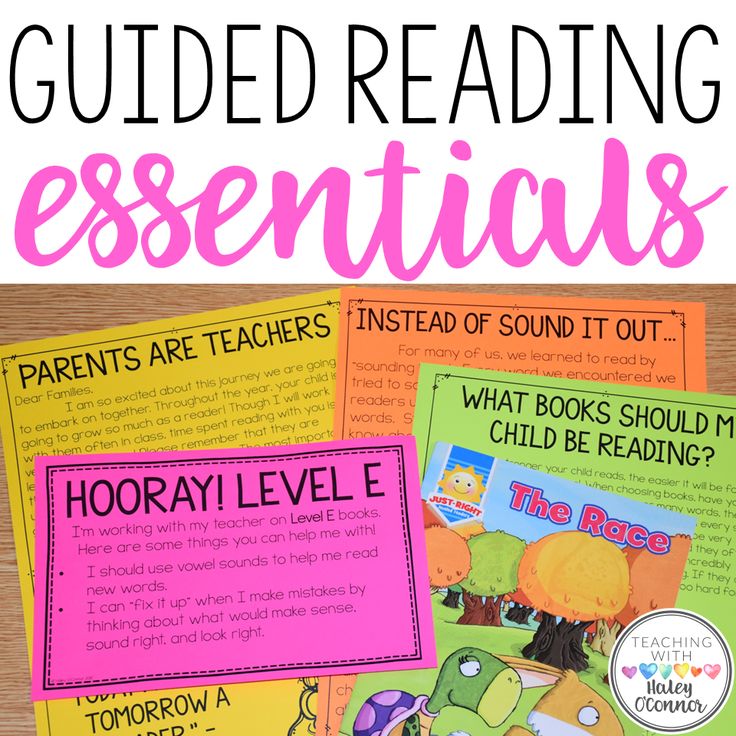 Instead, they should be planned out and delivered in a deliberate order. (Fun fact: While there are 26 letters, there are actually 44 sounds, including digraphs like “sh.”) In class, phonics should be taught daily, reviewed and connected to other reading and writing instruction. Which brings me to another big change: rethinking the resources I’m using in the classroom to teach reading. With predictable books—“I see a purple balloon, I see a yellow balloon”—which I’ve been using for years, readers can look at the picture or follow the pattern to figure out words. Rather than predictable books, the best structured literacy programs use decodable word lists and books to reinforce letter/sound relationships and high-frequency irregular words which have already been taught. My classroom had none of these, so I had to start by creating my own word lists and printing decodable books that I found by searching online.
Instead, they should be planned out and delivered in a deliberate order. (Fun fact: While there are 26 letters, there are actually 44 sounds, including digraphs like “sh.”) In class, phonics should be taught daily, reviewed and connected to other reading and writing instruction. Which brings me to another big change: rethinking the resources I’m using in the classroom to teach reading. With predictable books—“I see a purple balloon, I see a yellow balloon”—which I’ve been using for years, readers can look at the picture or follow the pattern to figure out words. Rather than predictable books, the best structured literacy programs use decodable word lists and books to reinforce letter/sound relationships and high-frequency irregular words which have already been taught. My classroom had none of these, so I had to start by creating my own word lists and printing decodable books that I found by searching online.
The way forward
As a teacher, I beg you not to judge or criticize your child’s teacher if they aren’t yet fully incorporating evidence from the science of reading into their instruction.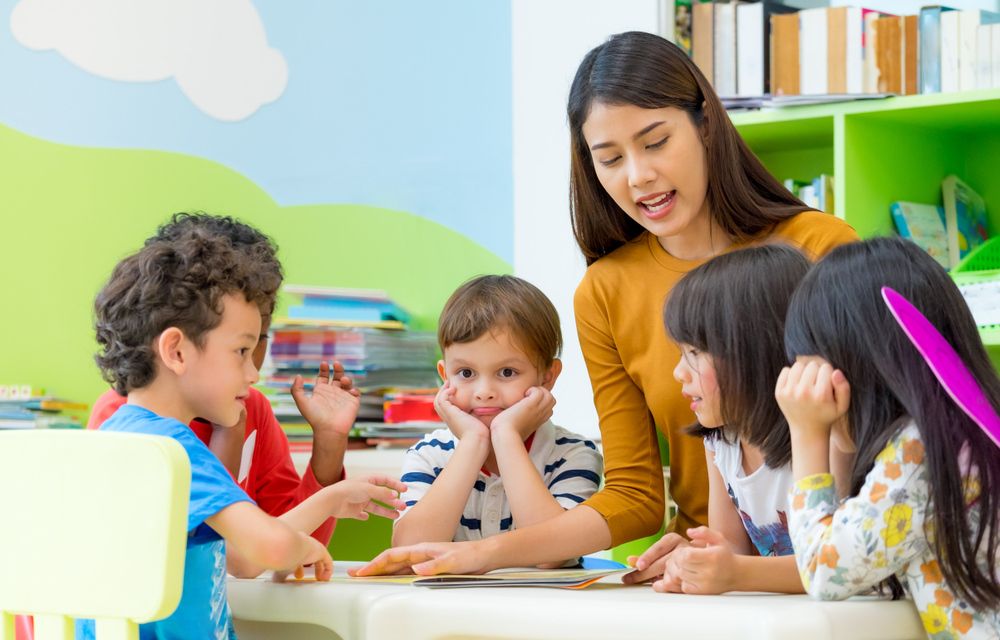
Not only was it not part of our training, we’re working with the curriculum documents and commercial materials (books) provided to us. Provinces and territories across the country have curricula that include references to three-cueing, alongside letter/sound correspondence, as reading strategies to be used in instruction, and teachers don’t have time to engage in scientific deep dives related to every subject they teach—especially the last year and a half, while immersed in PPE, COVID protocols and remote learning. There seems to be a disconnect between the worlds of scientific research and frontline educators, with decades of evidence still not being widely shared in teacher training and professional development for current teachers.
If you’re not sure what reading instruction looks like in your child’s class, ask the teacher, and share any concerns you have based on what you now know. Please do so respectfully and privately, and don’t post about it on social media.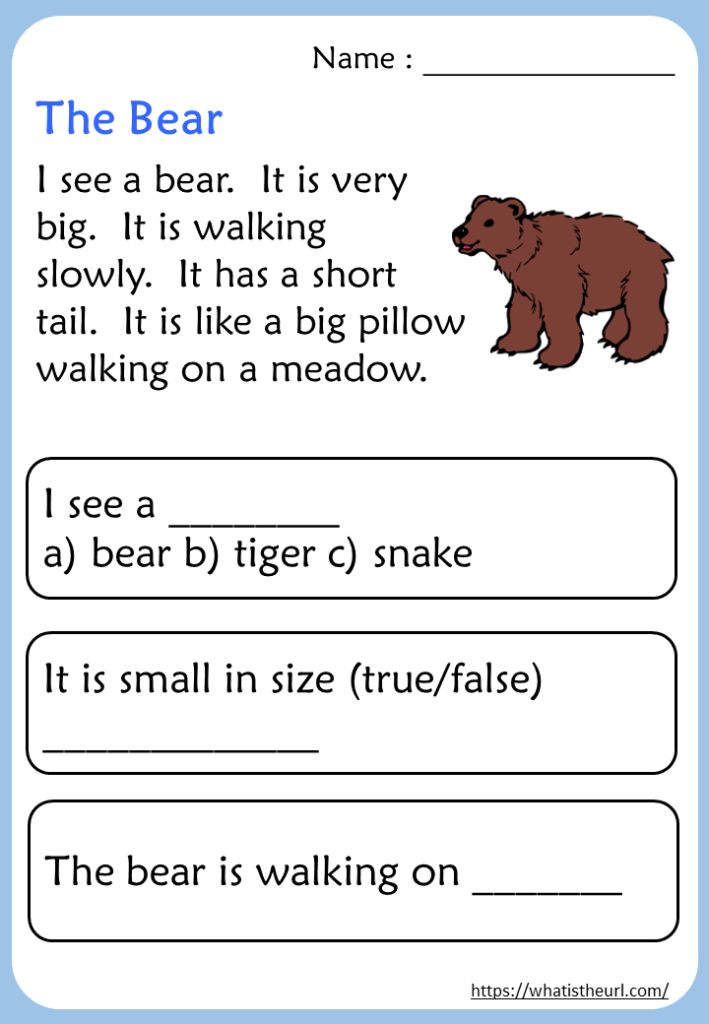 Most teachers I’ve talked to are eager to learn and improve, though admittedly, some do require more convincing than others to shift away from the comfort zone of balanced literacy.
Most teachers I’ve talked to are eager to learn and improve, though admittedly, some do require more convincing than others to shift away from the comfort zone of balanced literacy.
As for me, I’ve already been given the green light from my principal to purchase a phonemic awareness program to make my daily lessons more intentional, I’ve ordered decodable readers to replace my baskets of predictable books, and Eagle Eye has flown away.
Change on the horizon
Educators across the country are using outdated methods for teaching reading. However, changes may be coming in some areas. In 2019, the Ontario Human Rights Commission (OHRC) launched an inquiry into whether students with reading disabilities are having their right to learn to read met in Ontario’s public schools, and whether school boards are using evidence-based approaches to meet students’ right to learn to read. The report is due for release this fall, but the OHRC says it anticipates recommending that the Ministry of Education revise the curriculum to replace balanced literacy with instruction in phonemic awareness, phonics and how to use them to decode words.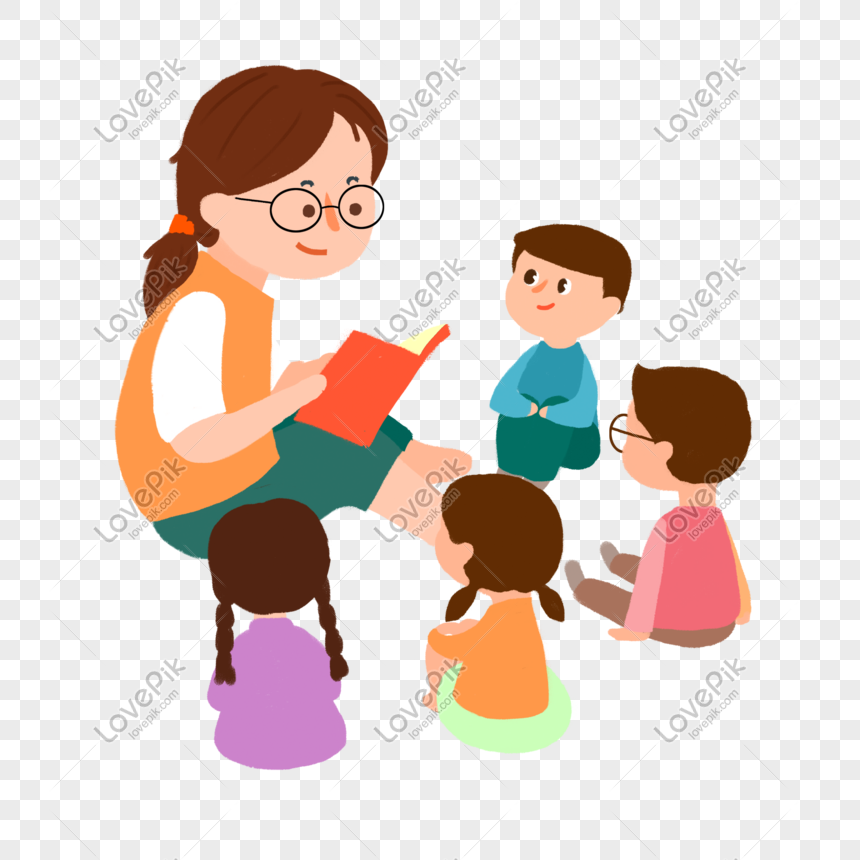 In Alberta, a new draft curriculum (being piloted by some teachers this September) has added references to phonological awareness, morphology and vocabulary building, as well as clear expectations regarding phonics.
In Alberta, a new draft curriculum (being piloted by some teachers this September) has added references to phonological awareness, morphology and vocabulary building, as well as clear expectations regarding phonics.
Stay in touch
Subscribe to Today's Parent's daily newsletter for our best parenting news, tips, essays and recipes.- Email*
- CAPTCHA
- Consent*
Yes, I would like to receive Today's Parent's newsletter. I understand I can unsubscribe at any time.**
FILED UNDER: Education first person Kindergarten Reading teacher
The Best Methods for Teaching Reading in Kindergarten
The Best Methods for Teaching Reading in Kindergarten
Image Source: Unsplash
Reading is one of the most important skills children need to learn in school. Reading gives them knowledge about the world and helps them learn about subjects such as science and history. It also helps them with their future studies and career options. As such, teaching how to read is one of the most important subjects in the earlier grades. In fact, it’s one of the first subjects children learn. Reading is foundational, and it’s one of the first skills children begin learning. In order to teach how to read, you must make sure your students have the tools they need. Different methods can be used to help children become better readers. This article explores the best methods for teaching reading in kindergarten.
Reading gives them knowledge about the world and helps them learn about subjects such as science and history. It also helps them with their future studies and career options. As such, teaching how to read is one of the most important subjects in the earlier grades. In fact, it’s one of the first subjects children learn. Reading is foundational, and it’s one of the first skills children begin learning. In order to teach how to read, you must make sure your students have the tools they need. Different methods can be used to help children become better readers. This article explores the best methods for teaching reading in kindergarten.
Teach Phonics
Phonics is one of the best methods for teaching in kindergarten. Even if a child learns to read words by sight, they still need to know how to use phonics. Phonics teaches children about how words are pronounced and what the word’s letters sound like. Even if children learn to decode words by sight, they still need to know how to use phonics, which teach them about how words are pronounced and what the words’ letters sound like.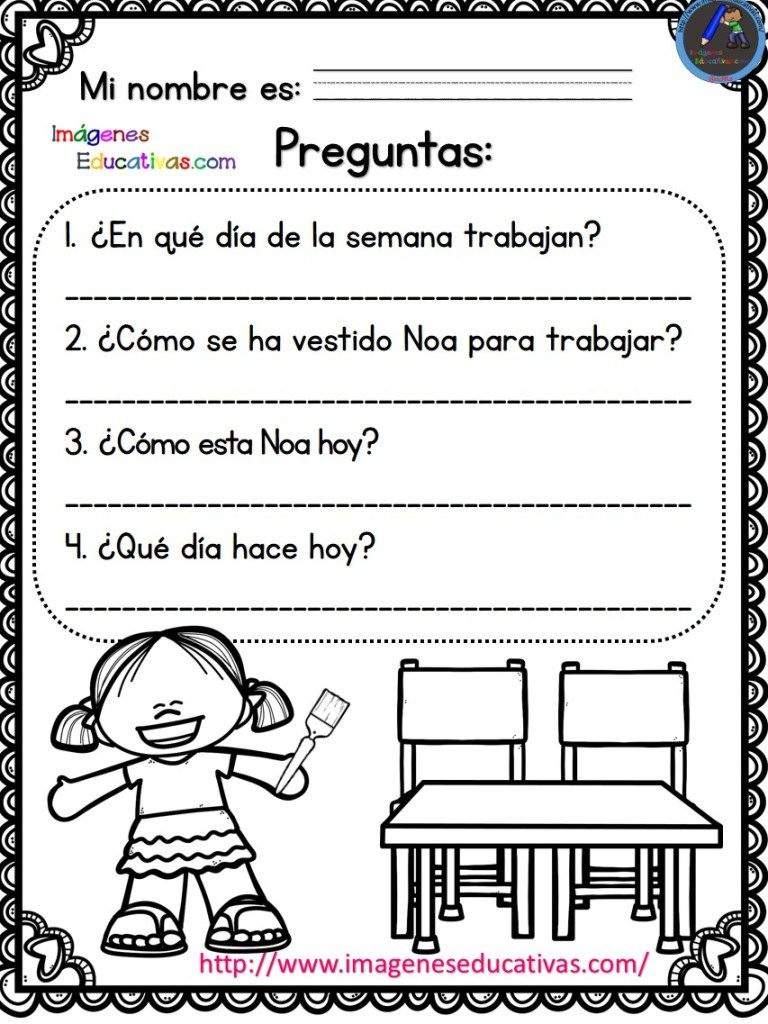 For example, “K-I-T” is pronounced as “kit,” while “C-A-T” is pronounced as “cat.” After they learn these rules, children can figure out which letter corresponds with each sound, so they can read any word correctly.
For example, “K-I-T” is pronounced as “kit,” while “C-A-T” is pronounced as “cat.” After they learn these rules, children can figure out which letter corresponds with each sound, so they can read any word correctly.
Help Kindergarten students Build Their Vocabulary
One of the best ways to teach reading is by helping children build their own vocabulary. A large vocabulary leads to a better comprehension and proficiency in all language arts skills—not just reading, but also writing and spelling. Children need to know at least 5,000 words before they start kindergarten, experts say. It’s important for kindergarten teachers to focus on teaching their students new words and expanding their vocabulary. This can be done through games that use word cards or through word work activities. In this way, children will learn new words with meaning and context as they play these games or complete these activities.
Teach Sentence Repetition
One way to teach children how to read is by using sentence repetition.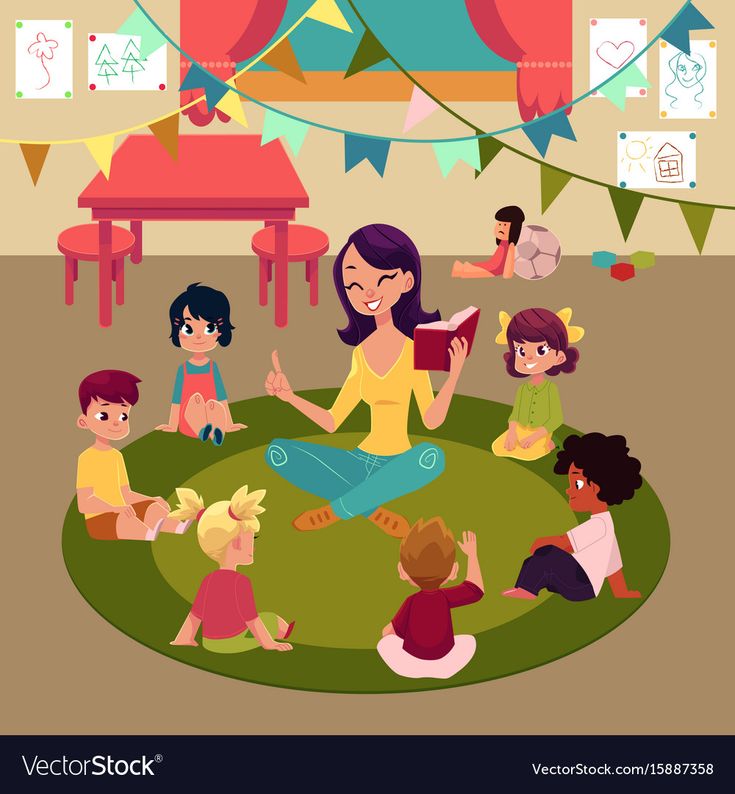 With this method, children repeat sentences as they are read. The sentences should be short and simple at first. As students get better at repeating the sentences, the sentences can get more complex. This may take a little practice on their part but it is worth it in the long-run. In order to teach reading, you need to know what methods work best for your students. Some people might find sentence repetition more helpful than others so you’ll want to experiment with different methods until you find one that works for your class.
With this method, children repeat sentences as they are read. The sentences should be short and simple at first. As students get better at repeating the sentences, the sentences can get more complex. This may take a little practice on their part but it is worth it in the long-run. In order to teach reading, you need to know what methods work best for your students. Some people might find sentence repetition more helpful than others so you’ll want to experiment with different methods until you find one that works for your class.
Give Fluent Reading Practice
The fluency of a reader depends on how quickly, smoothly, and accurately they read. The more fluent the reading is, the easier it will be for the student to comprehend what they are reading. Fluent readers can use context clues to figure out unfamiliar words and comprehend what they are reading without having to rely on their teacher or parent. One of the best methods for teaching how to read in kindergarten is giving your students fluent reading practice.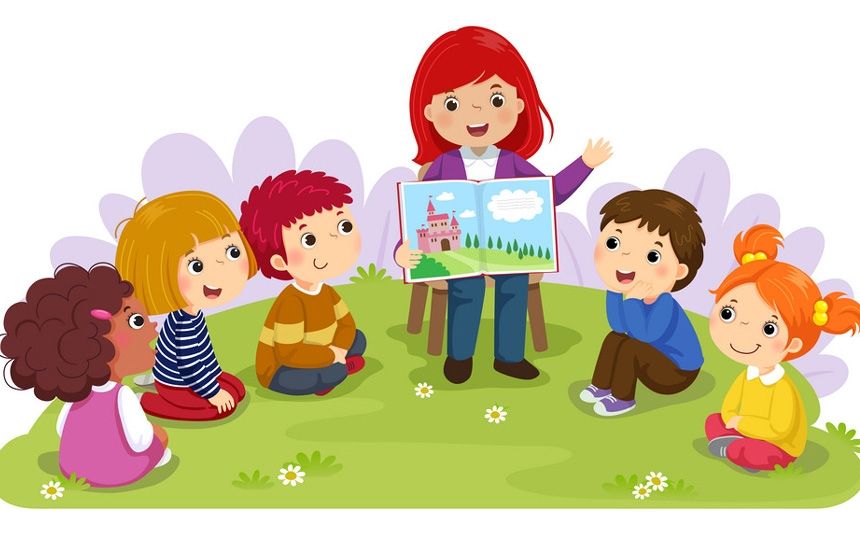 Letting them read books out loud to you while you follow along with the text helps develop this ability. This type of fluent reading practice also allows them to get feedback on their pronunciation, which can help them improve as a reader. For example, telling your students when they mispronounce a word, or when they don't read fluently enough can be very helpful in improving their skills.
Letting them read books out loud to you while you follow along with the text helps develop this ability. This type of fluent reading practice also allows them to get feedback on their pronunciation, which can help them improve as a reader. For example, telling your students when they mispronounce a word, or when they don't read fluently enough can be very helpful in improving their skills.
Have Daily Reading Rituals
The biggest thing you can do to help your students become better readers is have reading rituals in your classroom. Reading to students is one of the best methods to teach them how to read. As such, it should be a daily ritual at school and home. In order to have a successful reading ritual, you must make sure that the book or story is appropriate for the age group and skill level of the reader. For kindergarteners, books with simple sentences are typically best.
Conclusion
Reading is a critical skill.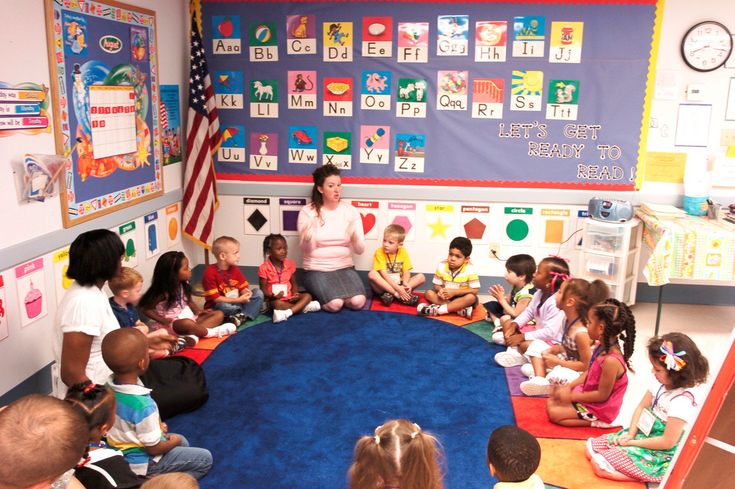 The best methods for teaching reading in kindergarten are to help the students build their vocabulary, teach sentence repetition, give fluent reading practice and have daily reading rituals. These methods will help them to read better, because with every new word they learn, students are also learning new sounds and building their fluency. This is why it is important to teach these methods to kindergarten students.
The best methods for teaching reading in kindergarten are to help the students build their vocabulary, teach sentence repetition, give fluent reading practice and have daily reading rituals. These methods will help them to read better, because with every new word they learn, students are also learning new sounds and building their fluency. This is why it is important to teach these methods to kindergarten students.
Start Teaching Reading for Free Now!
Access Level 1’s four interactive stories and the accompanying supplemental resources to teach elementary students how to read. No credit card is needed. Join the 42,635 teachers and students using our reading program.
Kindergarten teacher - Kindergarten and child
Attention! On our website you can get a free consultation on any issues of working in kindergarten! An experienced lawyer, Vladimir Korzhov, answers.
Send us your questions by mail — yellowahha@yandex.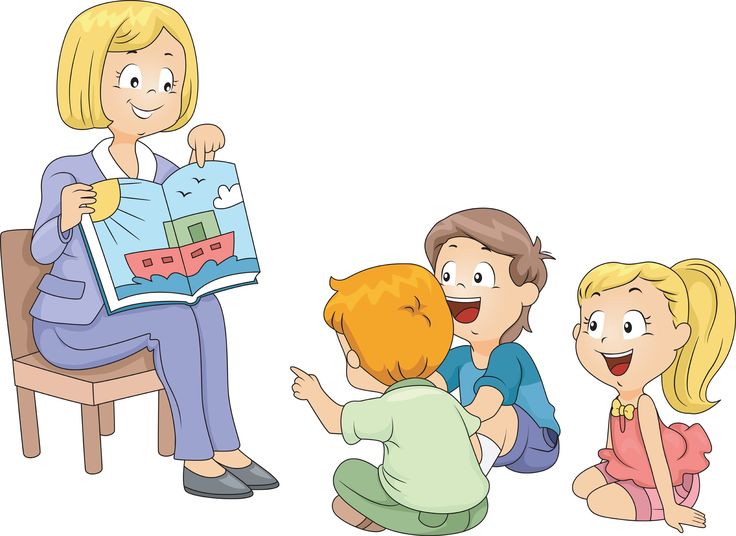 ru
ru
No one argues that the work of an educator is difficult. Try to cope with a dozen screaming little ones, find an approach to each of them! Only to a good and kind teacher do children go with joy, love her, and sometimes look forward to going back to kindergarten. So what should be the ideal teacher?
Moreover, educators have much to strive for. According to our survey, only three-quarters of parents are satisfied with caregivers :
- 73% are satisfied with caregivers,
- 27% are not satisfied.
120 parents took part in the survey. Considering that the child spends most of the time in a preschool institution and it is in childhood that character is formed, it is very important that the people whom the preschool child meets are pleasant to him and his parents. One sideways glance of Mary Ivanna is enough to discourage going to kindergarten, so we learn to find good teachers and help them a little in re-education, if there are any bad habits.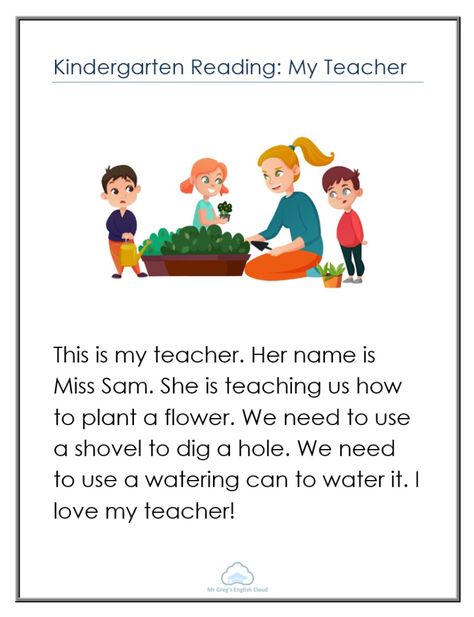
I will become a teacher, who will teach me
Young mothers often ask if they can go to work in a kindergarten. It seems that he loves children, and his child will be supervised. If earlier one love for children and the desire to work with them was enough, due to the lack of professional personnel, now one cannot do without the appropriate education.
Vladimir Korzhov, lawyer comments:
0004 Unified qualification directory of positions of managers, specialists and employees , section "Qualification characteristics of positions of educational workers", approved by order of the Ministry of Health and Social Development of the Russian Federation of August 26, 2010 N 761n.
In accordance with the specified order, the requirements for the qualifications of a teacher (including a senior one) determine: additional vocational education in the direction of training "Education and Pedagogy" without presenting requirements for work experience.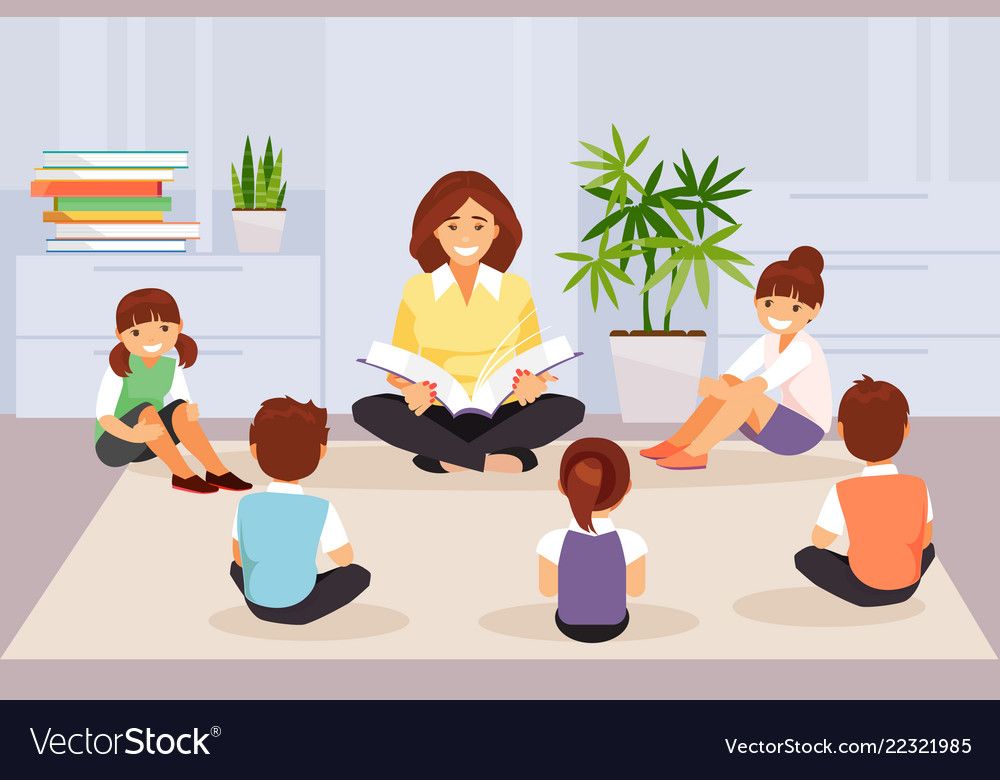
For the senior educator - higher professional education in the field of study "Education and Pedagogy" and work experience as an educator for at least 2 years.
The job responsibilities of an educator are set out in the job description (see attachment).
Many educators are faced with the fact that they have worked in the garden for ten years, and now they need to get an education. Maybe it's for the best? Methods, playing techniques are changing, and in a modern preschool institution, a modern educator who knows about Montessori materials and is ready to tell parents about Chaplygin's cubes should work.
It is curious that lately men come to work as teachers in kindergartens . Yes, they work so hard that they immediately become educators of the year. In 2012, Arkady Afonsky from the Republic of Sakha was recognized as the best teacher of preschool education, in 2013 - Oleg Skotnikov from the Sverdlovsk region.
Characteristics of an educator
A good educator always knows how to captivate and entertain a child, to help him cope with a difficult separation from his parents.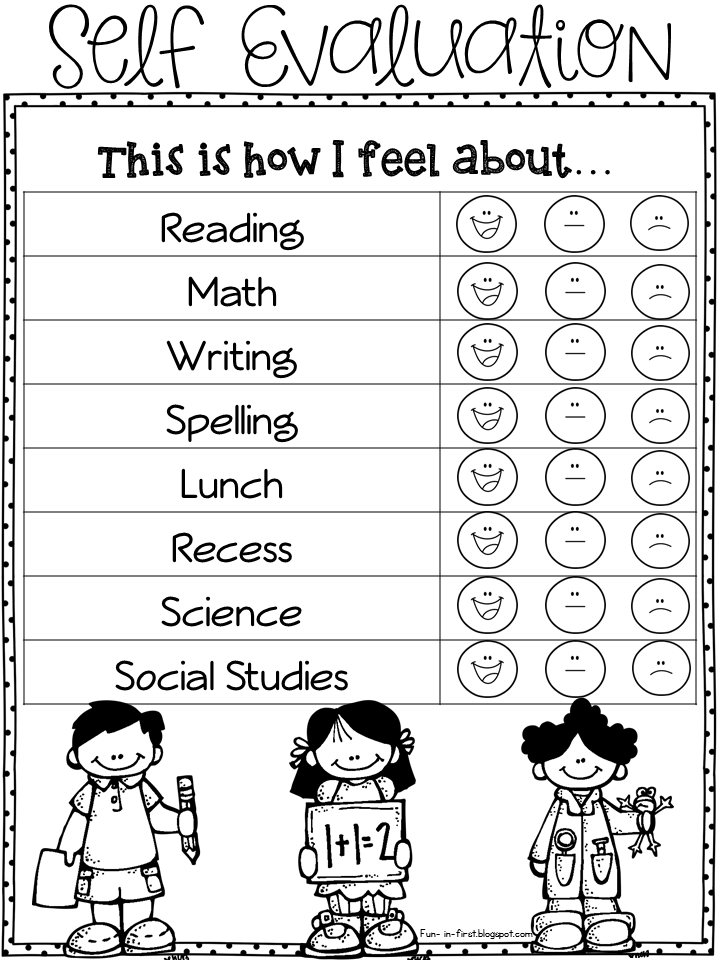 Children very subtly feel when the teacher is sincerely interested in their problems. The children love such educators very much and always remember them with warmth and tenderness, even after leaving the walls of the kindergarten.
Children very subtly feel when the teacher is sincerely interested in their problems. The children love such educators very much and always remember them with warmth and tenderness, even after leaving the walls of the kindergarten.
The tutor works 36 hours a week by law. The teacher's working day starts at 7 am and lasts more than seven hours. In fact, the kindergarten teacher appears closer to 8, when the parents start to bring the children. Then another teacher should come to replace. Sometimes it happens that one person has to work 12 hours a day. For example, if another employee is ill or is on vacation.
The teacher spends all the time on the move - playing with the kids, various classes are held. In the younger group, such classes last 7-10 minutes, in the older ones - up to 30 minutes. It takes time to prepare for each lesson, which is sometimes not enough, because you can’t leave the kids alone.
The educator must have at least a minimum knowledge of child psychology. Indeed, many of the actions of children are due precisely to age-related changes in their psyche. A good teacher knows how to determine the individual abilities of kids. After all, even the most difficult child can always find the necessary “key”.
Indeed, many of the actions of children are due precisely to age-related changes in their psyche. A good teacher knows how to determine the individual abilities of kids. After all, even the most difficult child can always find the necessary “key”.
An equally important quality of an educator is the ability to find a common language with the parents of pupils. And here knowledge of the psychology of an adult is already required. Sometimes due to domestic problems, the child becomes irritable. And in this case, the educator is simply obliged to delicately explain to the parents how to mitigate the current situation (divorce, death of loved ones) and make it the least traumatic for the child's psyche.
An educator should not forget about discipline, routine and other organizing factors. It is necessary to form perseverance and diligence in children from a very different age. And who, if not a teacher, can do this gently and unobtrusively, in the form of a game?
But the most important quality of a good teacher is LOVE FOR CHILDREN! If this is not the case, a good teacher will not come out of a person, whatever one may say.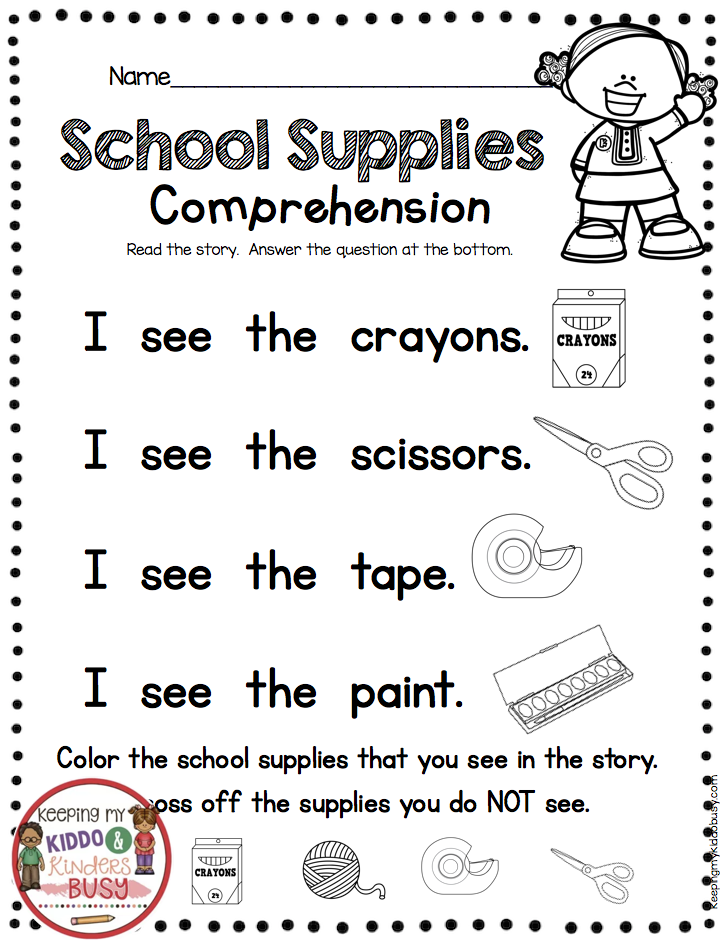
Lada writes:
“I myself work as an educator and I want to say that you can look for (and, of course, find) many reasons to justify the ugly attitude towards the work of educators, the inadequacy of parents, but personally I think: if you chose this difficult, very difficult profession, LOVE CHILDREN, and many problems and conflicts with parents will disappear.
Do not forget about such qualities as kindness, patience, accuracy... After all, a teacher is a model for kids, the person they pay attention to and try to imitate.
Appearance of an educator
People who become educators are different. However, in the C sanitary and epidemiological rules and regulations SanPiN 2.4.1.3049-13 , the requirements for the appearance of the teacher are clearly fixed:
19.4. The staff of preschool educational organizations must observe the rules of personal hygiene: come to work in clean clothes and shoes; leave outerwear, headwear and personal belongings in an individual wardrobe, cut nails short.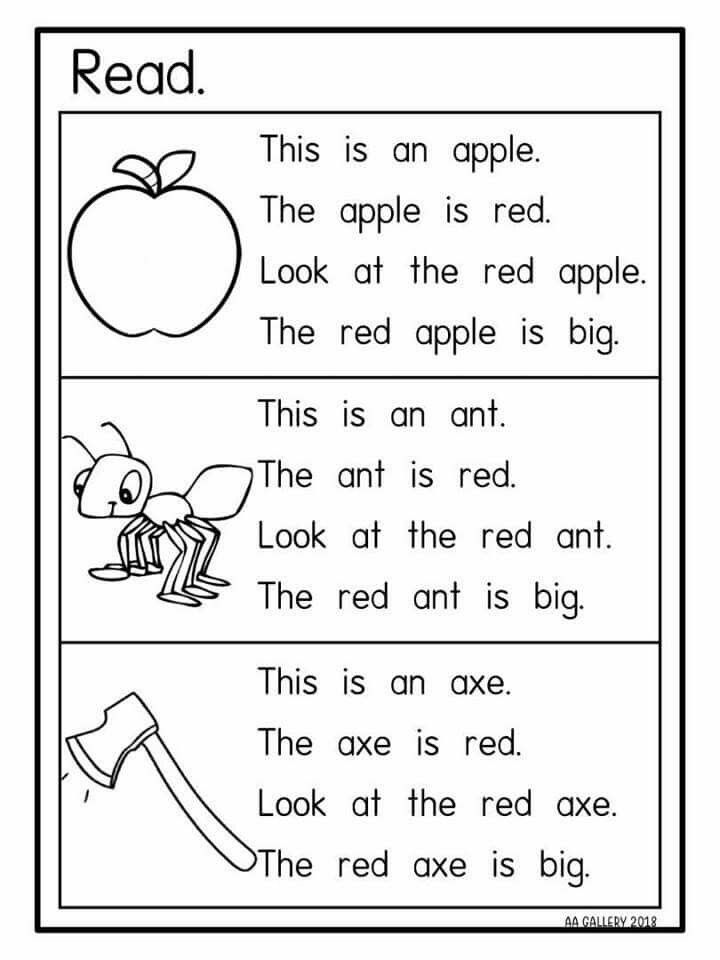
Long nails, unkempt appearance are unacceptable in a preschool. While officials argue about the need for uniforms for kindergarten teachers and other kindergarten workers, some preschools already have a dress code. Business suits designed by Vyacheslav Zaitsev for teachers were so liked by the staff of some preschool educational institutions that the heads ordered the same type of trousers, skirts and jackets for their employees from the couturier.
Educators about their profession
What do the educators themselves think about their profession?
Yuliya Vladimirovna:
— The work of an educator is ten positions in one! Mentally and physically hard! I work every day from 8 to 5 pm! Writing, preparation for matinees, for classes, making didactic games, and, of course, in the first place - children, their health and development! I don’t have my own yet, I treat every child fairly, at least I try, there are not enough of them during the holidays! Everything happens: they obey, and they don't.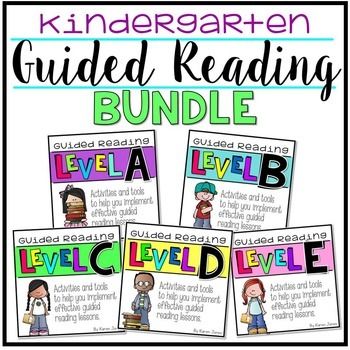 All this is interesting, but hard! I come home and have no strength - I want to sleep! You give everything 100 percent, and it doesn’t matter: there will be parents who don’t like you.
All this is interesting, but hard! I come home and have no strength - I want to sleep! You give everything 100 percent, and it doesn’t matter: there will be parents who don’t like you.
Chanterelle:
— I am a young teacher with 6 years of experience. The most difficult thing for me is to gain confidence in my parents in the first minutes of meeting. And this happens every two years. Parents are not serious: they say, the teacher is young, there is no experience. You have to prove yourself every time. Yes, I understand, for them their child is the best. Remember: parenting is in charge. We, educators, only help you with this. I really love my job, but due to my age, contact with parents is not easy.
Natalia:
— We envy those teachers who work 6 hours a day. Once upon a time it was the same with us, and then, in order to save money, there was a reduction, the schedule of the kindergarten changed.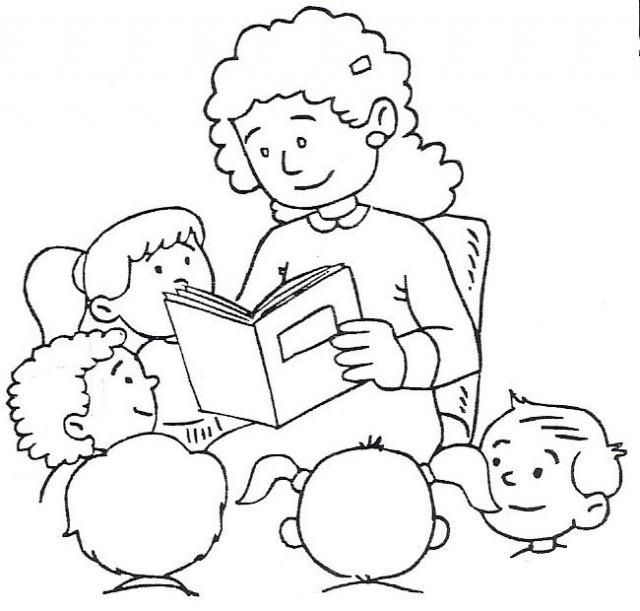 Now the schedule is as follows: one day - 10 hours, then - 5, again - 10, then - 5. And so the whole month. They don't want to change anything. Who will destroy this situation? After all, it is impossible to work with full dedication.
Now the schedule is as follows: one day - 10 hours, then - 5, again - 10, then - 5. And so the whole month. They don't want to change anything. Who will destroy this situation? After all, it is impossible to work with full dedication.
Elena:
- I am a beginner teacher. I've only been working for a month and a half. Thoughts appear, but is it worth working ... I love children very much, and they love me too! At first it was difficult, the children did not obey. Passed the so-called test by children. I think I did well with it! Half a month after the start of work, I already managed to receive gratitude. Our kindergarten is very good, the team is wonderful! The team is very young. I admire the head teacher and head teacher! Very good, kind women! I am very glad that I came to work here. But parents ruin everything. Not all, but most. Many mothers don't even say hello to me. And they don't care about their kids at all. Not a single one asked how the child behaved, what they did.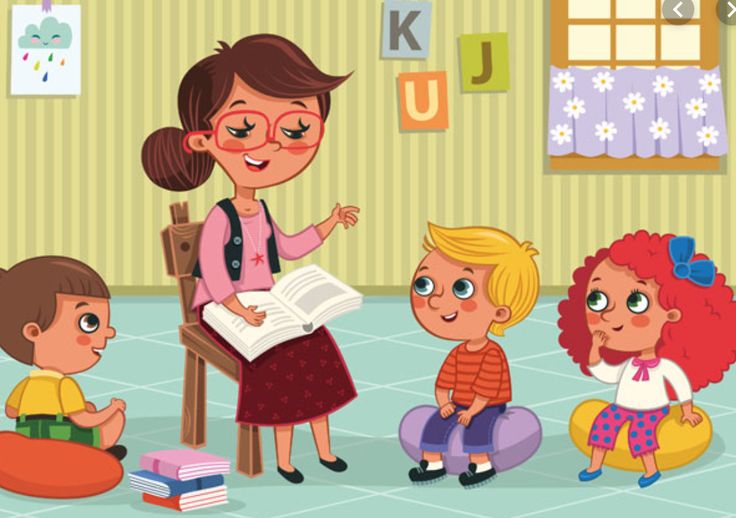 I'm sure most of them don't even know my name.
I'm sure most of them don't even know my name.
We see that for many educators the most difficult thing in their work is their parents. Dear Parents! Be more attentive to the "second mothers" of your preschool children. Educators put their whole soul into their work, sometimes sacrificing their personal time, health, and means. Thank the teachers for an interesting matinee, pay attention to the crafts made in the group. For you, this is a trifle, a couple of words, but for the educator, it is evidence that he did not try in vain, and an incentive for further work.
APPENDIX: Typical job description of a teacher
1. General provisions
1.1. Persons with a secondary specialized or higher education who have a medical certificate are accepted for the position of educator.
Educator:
1.2. Responsible for the head of the kindergarten.
1.3. Works directly under the supervision of the senior teacher.
1.4. He is hired and dismissed by order of the head.
1.5. Passes a medical examination once every six months.
1.6. In his work, he is guided by regulatory documents, this job description and the Internal Labor Regulations.
1.7. The duration of the working week is 36 hours, he works according to the schedule agreed with the trade union committee and approved by the head.
1.8. The duration of the annual regular leave is 42 calendar days.
1.9. Observes labor discipline.
2. Functions
2.1. Carries out careful supervision of the children entrusted to him in strict accordance with the requirements of the instructions for protecting the life and health of children in the premises of the institution and on children's walking grounds.
2.2. He monitors the state and strengthening of the health of each child in the group, together with the medical staff of the institution regularly conducts complex activities that promote the health, psychophysical development of children, and provides hygienic care for young children.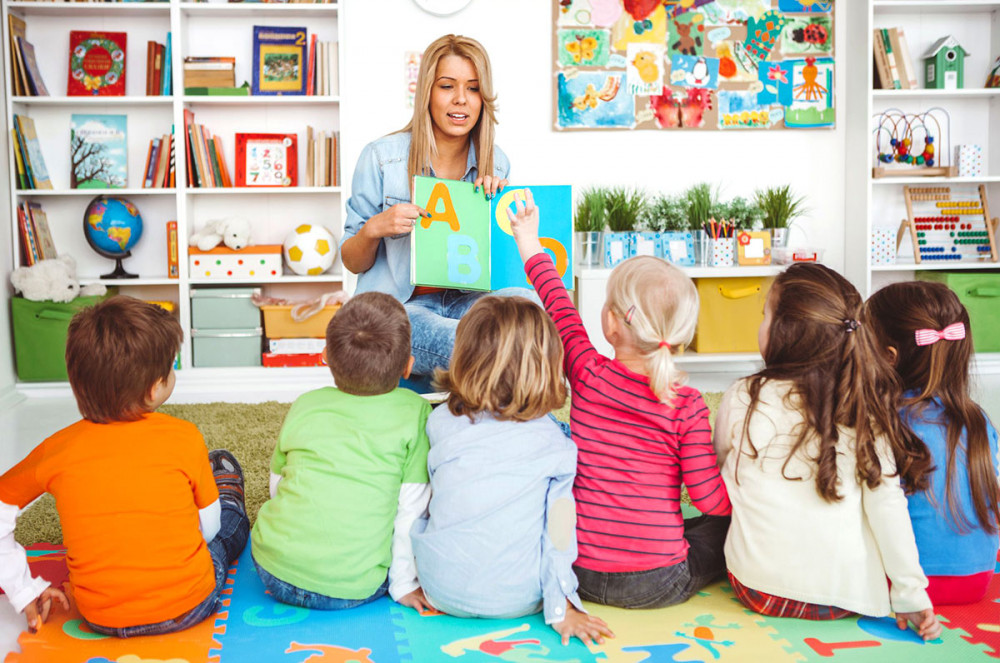 Pays special attention to children who came to kindergarten after illness.
Pays special attention to children who came to kindergarten after illness.
2.3. Plans and carries out educational work in accordance with the program in close contact with other educators and specialists of the institution. Thoroughly prepare for classes.
2.4. It studies the individual abilities, inclinations and interests of children. Skillfully uses the results of the study in his pedagogical activities in order to develop each child. Based on the study of the individual characteristics of children, the recommendations of the psychologist, he conducts correctional and developmental work with his pupils.
2.5. Ensures strict implementation of the established daily regimen and the schedule of classes.
2.6. Monitors the behavior of children during the period of adaptation, helps them; in early age groups keeps a diary of observations.
2.7. Regularly informs the head of the institution and the head nurse about changes in the health status of children. Informs the head nurse about absent children, finds out the reason for their absence, maintains an attendance record.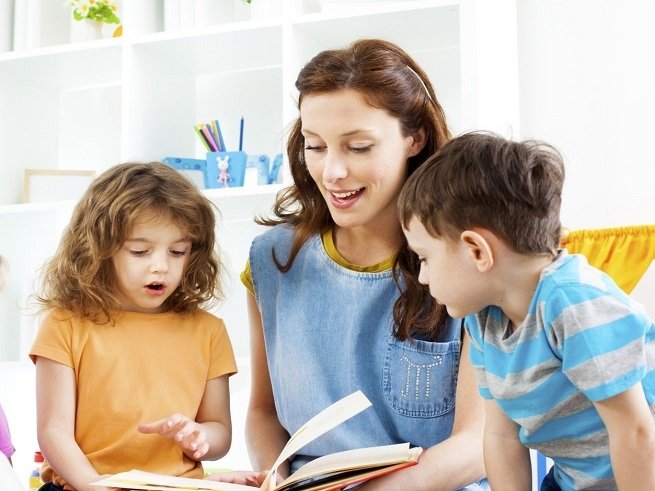
2.8. Works with parents on the issues of raising children in the family, involves them in active cooperation with the kindergarten. Actively works with the parent committee and individual parents, ensuring the creation of the necessary conditions in the premises of the group and on the site for the successful implementation of the educational program.
2.9. He treats each child in his group with respect and care, shows restraint and pedagogical tact in communicating with children and their parents.
2.10. Together with the music director and physical education instructor, he prepares holidays and organizes children's leisure.
2.11. Replaces a sick caregiver-shifter during the illness.
2.12. The medical examination is strictly scheduled.
2.13. Fulfills the requirement of the head, the head nurse, the head educator, related to pedagogical work and the protection of the life and health of children.
2.14. Maintains teacher records in a timely and accurate manner.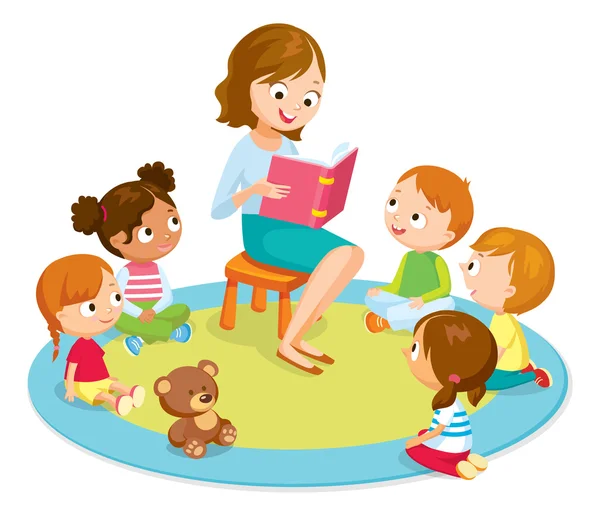
2.15. Systematically improves professional qualifications and pedagogical level at courses, seminars, open viewings.
2.16. On the site, together with the children, she works on landscaping according to the program of her age group.
2.17. Participates in the pedagogical councils of institutions, methodological associations in the region, district, organizes competitions and exhibitions of children's works for open days, holds parent meetings, participates in holidays.
2.18. Strictly fulfills labor discipline and labor regulations.
2.19. Provides sanitary and hygienic regime in the group.
2.20. When transferring a shift at the end of the working day, he leaves an exemplary order in the group.
2.21. Carefully uses the property of the institution, methodological literature, manuals.
2.22. The teacher hands over the shift personally to the second teacher, transfers the children according to the list.
3. The teacher must know
3.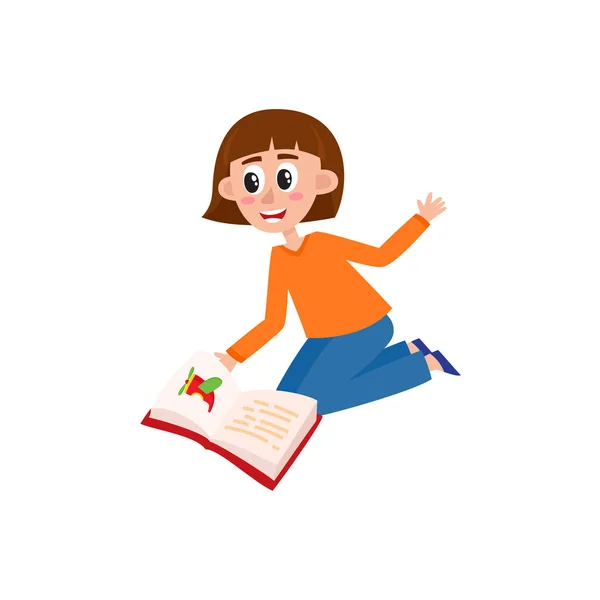 1. Convention on the Rights of the Child.
1. Convention on the Rights of the Child.
3.2. Basic state laws.
3.3. Charter of the institution, Rules of internal labor regulations, Instructions for protecting the life and health of children, sanitary and hygienic standards.
3.4. Pedagogy, psychology, age physiology and hygiene.
3.5. Fundamentals of pre-medical medical care.
3.6. Theory and methodology of educational work.
3.7. Rules and norms of labor protection, safety and fire protection.
3.8. The order of actions in extreme situations that threaten the life and health of children.
4. Rights
Has the rights provided for by the Labor Code of the Russian Federation, the Law of the Russian Federation "On Education", regional laws, as well as the Charter of the institution and the Internal Labor Regulations.
5. Liability
5.1. Bears personal responsibility for the life and health of children during their stay in the institution.
5.2. Responsible for the fulfillment of all duties assigned by this instruction.
__________________
Social network "Vospitel" - here you can continue professional communication - vospitatel.deti-club.ru
NOTE TO THE EDUCER - Specialized toy shop "Kindergarten" - derutsad-shop store for teachers and other employees of preschool educational institutions. Didactic materials, toys, counting material, demonstration material and more are sold at low prices.
kindergarten teacher hit the video when she was connected by a 5-year-old child with tape
Komsomolskaya Pravda
of the incident of the Complex of the Complex: emergency
Natalia Eroshkina
September 6, 2021 11:26
The employee escaped with a preschool of her, and even from her preschool institution allowed to resign [video]
5-year-old Sasha was tied up with scotch tape by the teacher.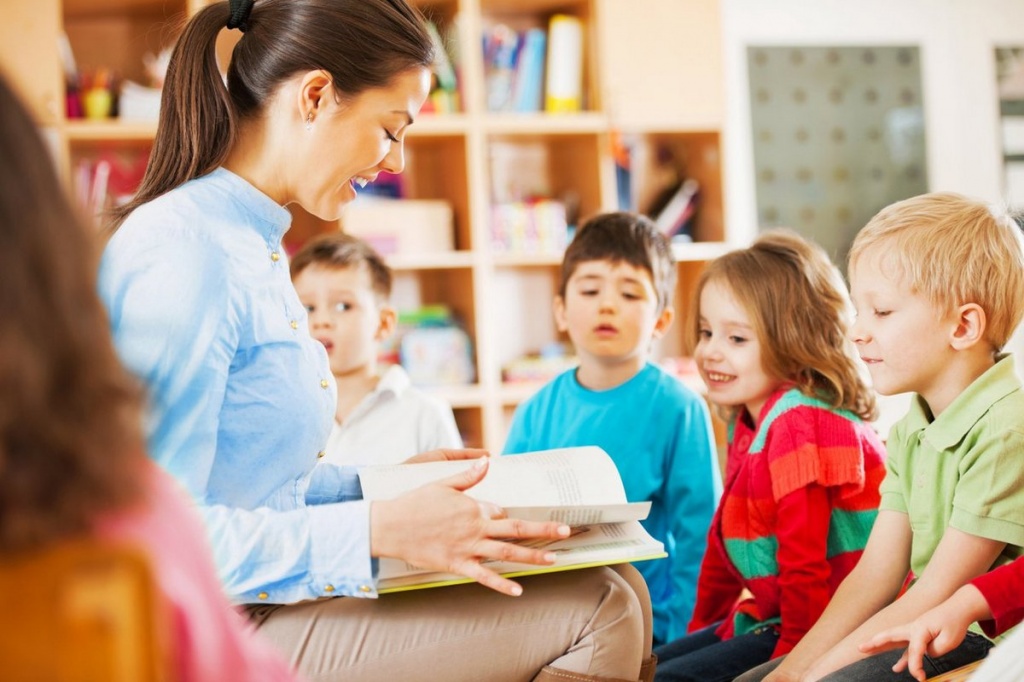 It is hard to believe that a caregiver can immobilize a small child by tying him with tape around his hands and feet. Fortunately for the boy's mother, cameras were installed in the same locker room that recorded everything from beginning to end.
It is hard to believe that a caregiver can immobilize a small child by tying him with tape around his hands and feet. Fortunately for the boy's mother, cameras were installed in the same locker room that recorded everything from beginning to end.
Footage from the kindergarten in Odintsovo shows a woman wrapping her child's hands with tape. The boy tries to break free, but the teacher pulls him back, holding him by force in order to continue to tie him up. The woman reacts rudely to all attempts of the child to free herself and escape. Having fixed her hands, she goes to the legs of the baby. When the child is bound, she releases him. The boy tries to hide from the teacher by jumping and return to the rest of the children. But the woman closes the door in front of him with her foot. This is just a small snippet of the video.
This story happened back in March, but the mother of the injured boy only managed to get the video a few days ago. What happened to her son in kindergarten was carefully concealed, and the child’s stories about the teacher’s bullying were called fiction. But 45-year-old Elena (name changed) immediately realized that her little son could not have come up with such a wild story on his own, and the bruises on his wrists with which the boy returned from the garden were proof of this. If the mother of 5-year-old Sasha (name changed) had not sounded the alarm, no one would have known the truth.
But 45-year-old Elena (name changed) immediately realized that her little son could not have come up with such a wild story on his own, and the bruises on his wrists with which the boy returned from the garden were proof of this. If the mother of 5-year-old Sasha (name changed) had not sounded the alarm, no one would have known the truth.
- I accidentally noticed a bruise on his arm and began to ask, he told me that the teacher punished him in this way because he did not want to sleep at a quiet hour. I was in shock, removed the beatings and wrote a statement to the police. In kindergarten, they assured me that this could not happen, but my son would not lie. After several conversations in the presence of the head teacher, the teacher admitted that she did it anyway, - Elena recalls.
After the scandal, the teacher was allowed to resign of her own accord, but the mother of the injured child did not want to let the teacher get away with bullying her son so easily.
— I think that such people should not be allowed near children. After the dismissal, she will calmly get a job in another garden or a nanny in the family and continue to apply her methods. I applied to the prosecutor's office, wrote to the ombudsman's office, took the child to a psychologist for examination. He concluded that Sasha was psychologically traumatized as a result of this situation, the woman recalls.
After the dismissal, she will calmly get a job in another garden or a nanny in the family and continue to apply her methods. I applied to the prosecutor's office, wrote to the ombudsman's office, took the child to a psychologist for examination. He concluded that Sasha was psychologically traumatized as a result of this situation, the woman recalls.
But nevertheless, no corpus delicti was found in the actions of the teacher, and the case was transferred to the category of an administrative offense. Its meetings are still ongoing.
— The teacher still hasn't even apologized for her actions, on the contrary, at every meeting she accuses me of losing her job because of me. That is, my child is to blame for being on the video, and because of this, she lost her job. The boy's mother is outraged.
During the months that Elena has been trying to restore justice, the woman has practically fallen into despair. A woman took the child from that kindergarten so that nothing would remind Sasha of the horror he had to face.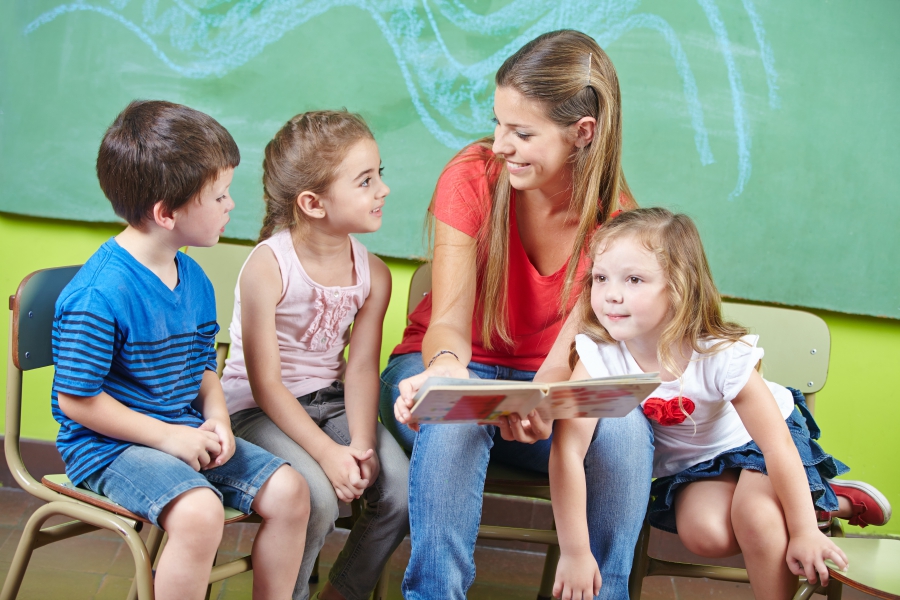 Elena even changed her place of residence, but so far she cannot register the boy in a new kindergarten because of the long queue. And litigation and endless trips to various authorities take a lot of time and effort.
Elena even changed her place of residence, but so far she cannot register the boy in a new kindergarten because of the long queue. And litigation and endless trips to various authorities take a lot of time and effort.
Cases of bullying of children by teachers often lead to real criminal cases, but not in Elena's situation. Even taking into account the irrefutable evidence caught on video, the police refused to initiate a criminal case, sending the woman herself to deal with the court. The teacher escaped with a slight fright and an administrative case, even from kindergarten she was allowed to quit herself so as not to spoil her work. Now Elena writes to all authorities so that this does not happen to other children.
The teacher tied the boy with tape
READ ALSO
Read also
Site age category 18+
Online publication (website) registered by Roskomnadzor, certificate El No. FS77-80505 dated March 15, 2021
CHIEF EDITOR OLESIA VYACHESLAVOVNA NOSOVA.

